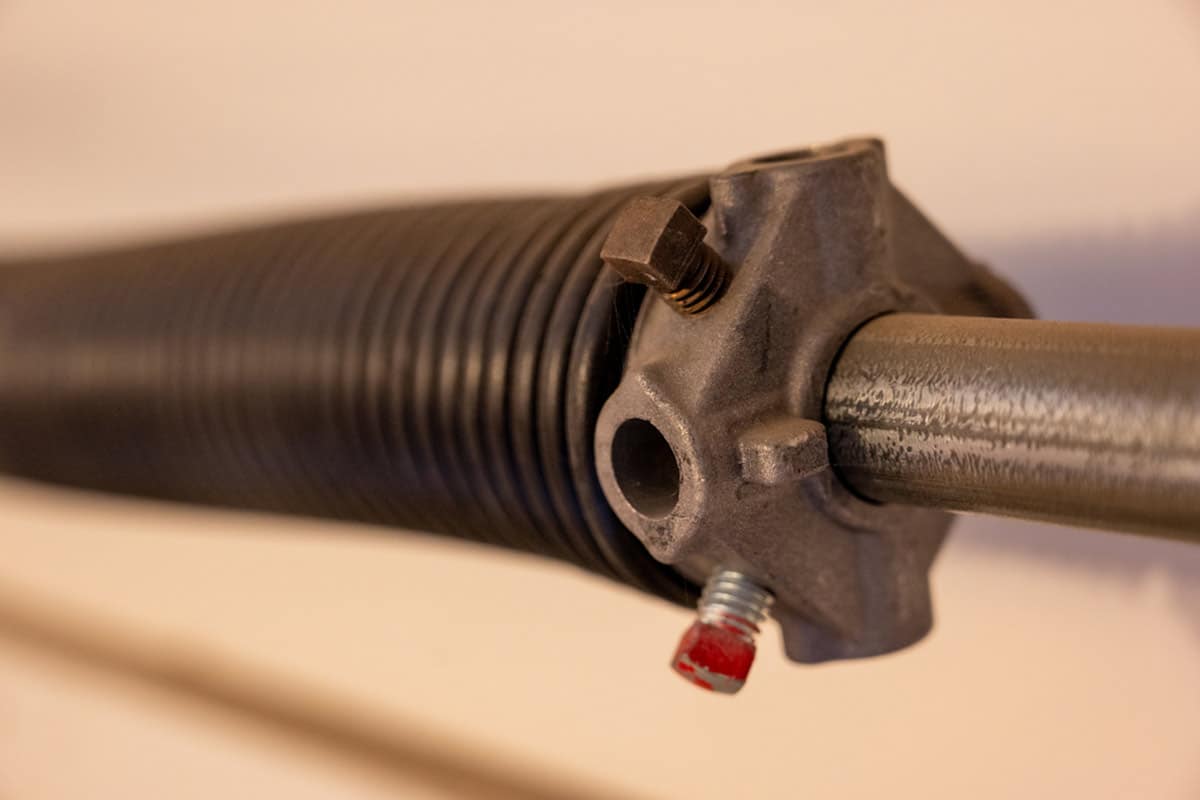How often does one ponder the crucial role of a functional home entryway?
Arguably, frequent underestimation occurs until the realization strikes that without it, daily routines would be significantly disrupted.
A key component of this essential system is the garage door spring. These springs are integral to maintaining balance and performance in garage door mechanisms, thereby guaranteeing smooth operation.
Failures in these components can result in unanticipated interruptions to daily activities and compromised household security. Therefore, understanding their function and knowing when and how to replace them becomes an imperative for homeowners.
Embarking on the journey towards efficient substitution of broken mechanisms may seem daunting at first glance. However, with appropriate knowledge about the process, individuals can confidently undertake this task or effectively supervise professional technicians doing so.
This article intends to equip readers with comprehensive insights into the significance of garage door springs within their overall household functionality. It further offers step-by-step guidance on replacing them when necessary.
By fostering a shared understanding among homeowners, there’s potential for building a community where people feel more secure and less apprehensive about maintaining an important aspect of their homes – the garage door mechanism.
Understanding the Importance of a Functional Home Entryway
A recent survey revealed that approximately 70% of homeowners use their garage as the primary entryway to their homes, underscoring the critical role a well-functioning garage door plays in maintaining an efficient and effective household routine.
The importance of such a key access point cannot be overstated, as it facilitates daily activities such as exiting and entering home grounds for work or school, accessing parked vehicles, or retrieving stored items.
In addition to its practical utility, the garage entrance also serves significant aesthetic purposes being often prominently visible from the street; thus contributing significantly to the curb appeal and overall value of a property.
The functionality of this commonly used entryway largely depends on its mechanical components remaining in optimal working condition – most notably, the torsion springs which are instrumental in facilitating smooth operation of the door assembly.
These springs bear an immense amount of tension; they counterbalance the substantial weight of the door during opening and closing operations thereby ensuring ease-of-use for homeowners while promoting safety measures by preventing sudden drops or closures.
However, like all mechanical systems subject to regular wear-and-tear, these springs gradually degrade over time leading to potential performance issues – ranging from noisy operation to complete operational failure.
Understanding this potential downfall necessitates periodic inspection and maintenance procedures performed by skilled professionals who can accurately assess spring integrity.
Replacement becomes necessary when these crucial components exhibit signs of fatigue such as binding or squeaking during operation or visible gaps when on a static position indicating loss of tensional strength.
This is no mere cosmetic issue but one that impacts directly upon both convenience and security factors for those reliant upon their garages for daily routines.
Thus, taking preemptive action towards maintaining high standards in terms of balance and performance through timely replacement ensures not only continued ease-of-access but also preserves homeowner peace-of-mind with regards to safety considerations.
Steps to Efficiently Substitute Broken Mechanisms
Efficient substitution of malfunctioning mechanisms, such as broken springs in a vehicle’s storage area, involves several steps that ensure optimal functionality and safety.
Initially, an assessment of the garage door system is crucial to identify specific issues and determine if spring replacement is indeed necessary. The identification process typically includes visual inspections for wear and tear, balance tests to evaluate the force exerted by the springs, and operational checks to ascertain smoothness in movement.
Once a problem has been identified with the spring mechanism, it is recommended to acquire high-quality replacement parts from reputable suppliers. This step not only ensures longevity but also enhances performance.
The actual replacement process requires meticulous execution due to the inherent risks associated with high-tension garage door springs. Thus, it is often suggested that this task be performed by trained professionals who possess an understanding of mechanical systems and safety measures related to this type of work. They have mastered techniques such as unwinding torsion springs or unhooking extension springs safely without causing harm to themselves or damage to property. Additionally, they are equipped with specialized tools designed for these tasks which further enhance efficiency.
After successful installation of new springs comes testing phase – perhaps one of the most critical stages in maintaining harmony between aesthetics and functionality within your home environment. Ensuring correct force distribution over the door’s surface during opening and closing cycles will renew its balance thus enhancing overall performance while simultaneously extending life expectancy of other components involved in operation process. It stands testament not only on immediate benefits delivered through efficient substitution but also provides assurance towards long-term advantages gained through this practice – reinforcing sense of belonging experienced when every element within one’s domicile operates harmoniously in serving its designated purpose.
https://perfectsolutionsgaragedoor.com/the-significance-of-replacing-garage-door-spsring/


